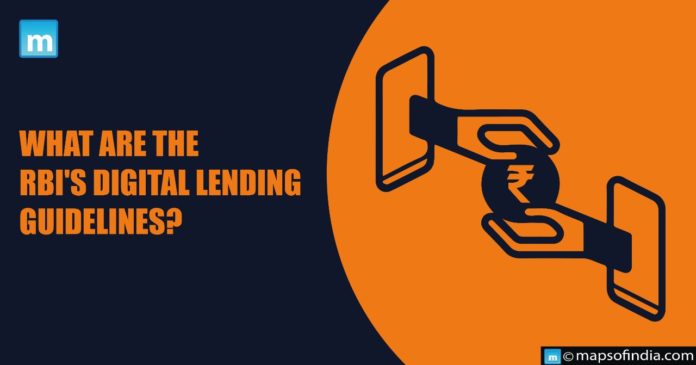The Reserve Bank of India (RBI) released stringent norms to control money lending fraud. It also announced a few rules regarding “Fintech companies”. Fintech technologies have collaborated with banks to provide safe loans to people.
What are Fintech companies?
“Finance” and “technology” together make Fintech companies. Fintech is a business that uses technology to enhance the bank’s financial services. As the use of technology in mobile banking, insurance and cryptocurrency “fintech” companies plays a very prime role.
RBI issued Guidelines
According to the new rules:
- Regulated entities must ensure that loan servicing or repayments are made directly in the borrower’s bank accounts without any third party’s involvement.
- The RBI has also directed that any fees or charges payable to lending service providers should be paid directly by the regulated entity and not by the borrower.
- There will be a provision of a “Cooling-off period”, during which the borrower can leave the digital loan by paying only the principal and proportionate cost.
- In addition, to deal with digital lending-related complaints, there must be only a nodal grievance redressal officer.
Objectives of Digital lending norms
1. Transparency
RBI tried to promote transparency through the new lending rules. It is directed to serve a key fact statement to the borrower before signing the contract.
Before proceeding further, all loan costs, such as interest rates, origination charges, discount points, and agency fees, should be discussed with the borrower. It also emphasised the Annual Percentage Rate (APR).
2. Credit limit
There should not be any increment in the credit limit without informing the borrower. Before introducing any amendment in the policy, it is mandatory to take the borrower’s consent.
3. Options to the borrowers
According to the RBI lending norms, data should be collected after the borrower’s consent. The borrower has options to allow or deny the consent. At the same time, the borrower can withdraw the previous data consent.
4. Information to Credit Information Bureaus (CIB)
According to the new guidelines of RBI, regulated entities must make sure that any lending done through the application should be reported to the Credit Information Bureau (CIB) to prevent fraud.
Recommendations from RBI
The new RBI lending norms recommend the Government of India (GOI) constitute legislation to ban all illegal lending activities. The legislation will cover all the authorities not affiliated with the Reserve Bank of India (RBI).
The Reserve Bank of India has also recommended setting up an independent body that will keep an eye on the people, whether they are using authorised apps. Such as Digital India Trust Agency (DITA).
As per the recommendation of the RBI, a body will be set up to record all the financial crimes done by illegal apps or criminal bodies. It will also include a data registry to track financial crime and criminal links.





